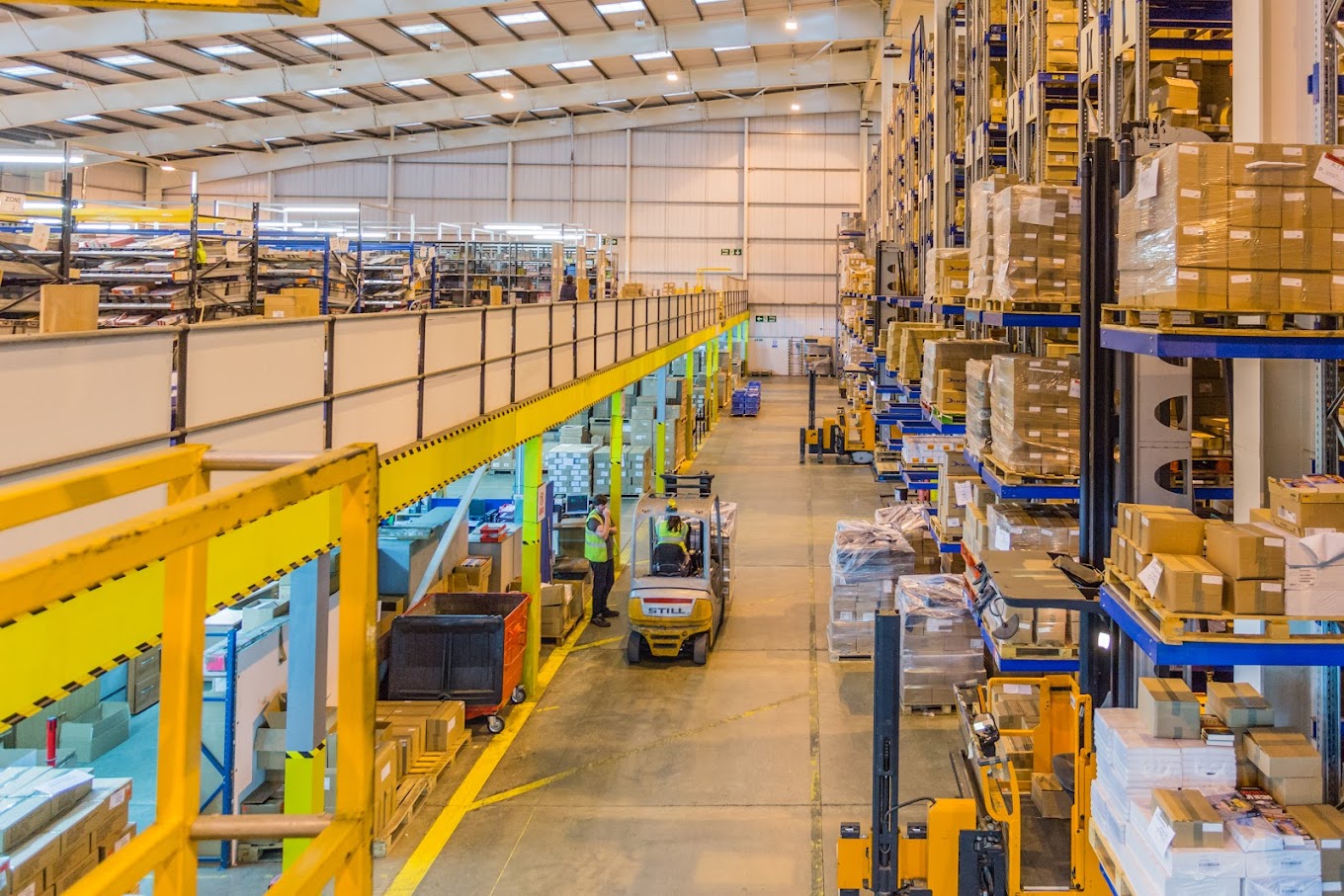

What is a Warehouse Management System?
A warehouse management system (WMS) is software created to facilitate the smooth functioning of your warehouse. By using a reliable WMS, you can efficiently manage various logistical activities through a unified interface. This includes tasks like monitoring inventory levels, tracking stock placements, and overseeing resource allocation.
Benefits of WMS
To enhance and streamline your operations, beginning with the warehouse is highly recommended. Employing a dependable WMS allows businesses to witness increased efficiency, reduced waste, and enhanced profitability in a short period.


What Can You Do With A Warehouse Management System?
Almost any task that is undertaken in a warehouse can be optimised with a good WMS:
- Warehouse Receiving
- Warehouse Putaway
- Warehouse Picking
- Warehouse Packing
- Warehouse Shipping
IAOAI WMS features systems to optimise every stage of your warehouse operations, from inbound to outbound.
See WMS featuresWhat Sort of ROI Can I Get With A Warehouse Management System?
Let's be direct - incorporating a reliable WMS into your business will bring about significant enhancements. Once you begin utilizing its diverse range of features, you'll question how your business managed without them.
Envision having complete real-time visibility of your entire inventory and orders. Picture being able to reduce the time required for fulfilling customer orders and processing payments. Imagine ensuring the absolute accuracy of every order while significantly cutting down on material and shipping expenses. All of these possibilities and more can be realized with a reliable WMS. While the initial cost might be substantial, you can anticipate recouping your investment fully within approximately 12 months.
Learn MoreWhat Other Benefits Can A Warehouse Management System Bring?
Your warehouse staff will need to handle all tasks manually, including picking, data entry, inventory management, putaway, and shipping, if you don't have a WMS.
Engaging in manual data entry is a highly time-consuming task, and it carries a significant risk of human error. Consequently, relying solely on manual processes leaves room for uncertainty regarding the accurate fulfillment of outgoing orders and the correct storage of incoming stock.
Moreover, in the absence of a Warehouse Management System (WMS), the management of inventory would rely on a cumbersome and inefficient paper-based system. Such a system not only hampers efficiency but also makes it exceedingly challenging to adequately monitor and evaluate operational performance.
Consequently, without a Warehouse Management System (WMS), pinpointing the root cause of any underperforming process or effectively addressing customer concerns regarding order discrepancies becomes exceptionally challenging.


So think of your WMS as your indispensable problem-solving tool.
Instead of compelling your staff to manually process orders and input data, handheld scanners can be employed to accomplish these tasks. When it comes to picking items, these scanners can promptly provide precise instructions to your staff regarding the location of the correct stock. Once the items are picked, they are scanned, which instantly confirms that the accurate item in the correct quantity has been selected.
By implementing a Warehouse Management System, you can replace the intricate paper-based procedures currently used to manage your inventory and orders. Consequently, in the event of a problem or discrepancy, you no longer need to sift through extensive physical files and digital spreadsheets to cross-reference information. Instead, you can access a comprehensive overview of your entire process through a single, user-friendly central interface.
Here’s just some of the problems you can solve with a good WMS:
- Late or missing invoices
- Late deliveries and discrepancies in customer orders
- Difficulty locating stock
- Inaccurate or out-of-date information in the system
- Inefficient processes and supply chains


